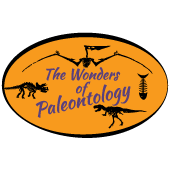Please let us know what you need and what you think of these lessons.
Help us add more by sharing your great ideas!
Please report back on the results and what you would change.
Thank you! Happy Learning!
Hello Educators- Have your students view the video “The Day the Mesozoic Died” in the Extinction Event tab of this website’s home page. It is easy to understand and gives many concepts in 33 minutes. There are resources and ways for your students to fully understand the scientific facts that we know now. Science will change and until then…
https://www.biointeractive.org/classroom-resources/day-mesozoic-died
See Fossils and So Much More!!
Online Resources for K-12 Students and Educators from the Advancing Digitization of Biodiversity Collection (ADBC) program.
https://www.idigbio.org/education/k-12-material
*Lesson Plans
* Tutorials
*Videos
*Apps & Websites

Choose Level 2 for Grades 9-12
Concepts covered in Level 2:
*Life is very diverse and has always been.
* Thirty million species of animals, plants, and organisms on Earth.
*Large part of this diversity made up of land plants, fungi, and protists.
*Picture sizes represent the size of group diversity.
*Diversity of life the result of evolution.
*History of Earth traced back 4.6 billion years.
*Fossils provide evidence of evolution and how life forms are related.
*Shared features and common ancestry through cladograms.
*Variation essential to evolution using Darwin’s finches and concepts.
*Only a small % of species survive.
*All things are related through common ancestry. Life continues to change resulting in the biodiversity we see today.
Getting into the Fossil Record -An Introduction
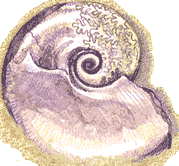
Level 2- Grades 9-12
https://ucmp.berkeley.edu/education/explorations/tours/fossil/index.html
During this module students will learn:
- what a fossil and the fossil record are.
- how organisms become fossils.
- the factors that promote fossilization.
- the forces that can destroy or hide fossils.
- how paleontologists find fossils.
- why not all organisms will become part of the fossil record.
Stories From the Fossil Record
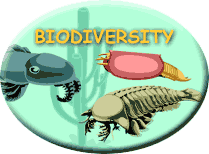
Stories From The Fossil Record (Grades 5-9) has 4 stories: Biodiversity, Paleoecology, Past Lives, and Geologic Time (On the Timelines/ Activities page).
https://ucmp.berkeley.edu/education/explorations/tours/stories/middle/intro.html
Prerequisites to these lessons are the knowledge of what a fossil is and how fossils are formed.
In the Biodiversity story, students will learn that:
- fossils help us understand how biodiversity has changed through time.
- fossils help us understand how organisms are related.
- most organisms that lived in the past are now extinct.
- fossils provide evidence of mass extinctions.
- the extinction of one species can affect other organisms.
- recognizing changes in past biodiversity can give us clues about how biodiversity is changing today.
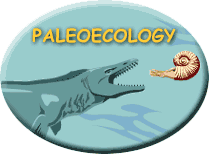
In the Paleoecology story, students will learn that:
- Fossils provide clues about both abiotic and biotic factors of past ecosystems.
- fossils provide evidence about the changes in climate and temperature of past ecosystems.
- fossils can give us clues about how organisms interacted with one another.
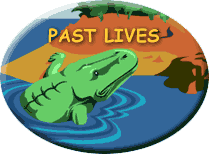
In the Past Lives story, students will learn that:
- some fossils can tell us about ages of individual organisms.
- fossils can provide evidence about individual, family, and social behavior of organisms.
- fossils can show how some features evolved and how the functions of these features have changed.
Grades 9-12-Teacher’s Lounge- Understanding How Science Really Works
Ideas to Assist Teachers
https://undsci.berkeley.edu/teaching/912.php
See College Levels Here:
https://undsci.berkeley.edu/teaching/1316.php
K-Pg Extinction Event Resources:
Visit: The Lunar and Planetary Institute for links to an understanding of impact cratering processes
and the K-Pg Boundary (formerly known as the K-T Boundary).
https://www.lpi.usra.edu/science/kring/Chicxulub/students-teachers/

The Lunar and Planetary Institute Resources :
*Classroom Illustrations
*Video Resources and Simulations
*Lab Exercises in Impact cratering and ejecta processes
*Posters of Environmental Effects of Impact Cratering
*Atlases of Earth’s Impact Craters seen from space-
Google Earth and Space Station and Shuttle images
*Dinosaur Cut-outs of Triceratops and Pterosaur
*Guidebook to the Geology of Meteor Crater in Arizona
*Animations of Impact Blast Zone
*”Traces of Catastrophe” Shock-Metamorphic Effects of Impact
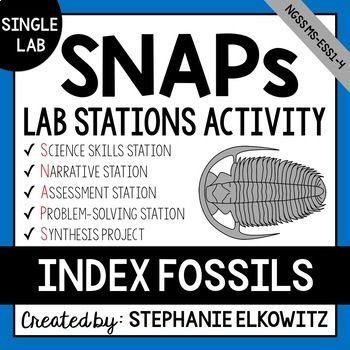
For 9th Grade
https://www.teacherspayteachers.com/Browse/PreK-12-Subject-Area/Archaeology
A link to many pages of good “archeological”/ paleontological activities.
Human Evolution
A)Human Evolution Lesson Plans http://humanorigins.si.edu/education/lesson-plans Grades 9-12
College Level plans are also available on this link.
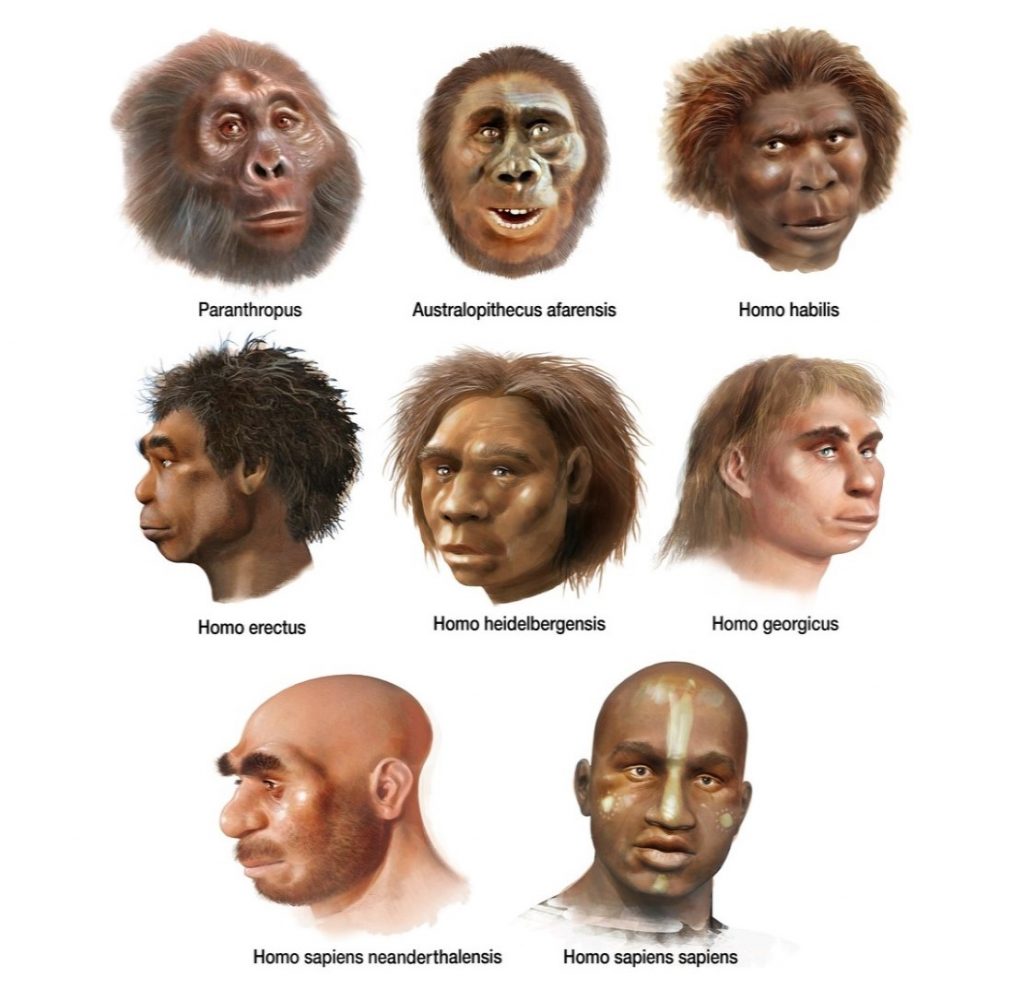
B)Smithsonian’s Teaching Evolution through Human Examples
http://humanorigins.si.edu/education/teaching-evolution-through-human-examples – Overview.docx used with the Dropbox app
Curriculum Units:
1) Adaptation of Altitude
2) Malaria
3) Evolution of Human Skin Color
4) What Does It Mean to be Human?
Each Curriculum unit comes with 4-5 lessons taught over a 5-9 day period depending on the use of the Full or Condensed versions and other optional steps included. Teacher and student materials and a Powerpoint file come with each unit.
C) Human Evolution Evidence http://humanorigins.si.edu/evidence on this Smithsonian site is extensive from human fossils, evidence of human behavior, genetics, dating processes that “age” the fossils, and interactive timelines and our family tree.
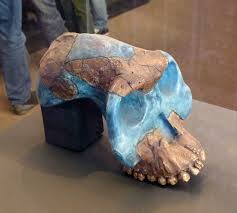
D) “Surprise! A New Hominin Fossil Changes … Almost Nothing!”
https://ncse.ngo/files/pub/evolution/a_garhi_lesson.pdf
A lesson for middle school or high school that explains the discovery of Australopithecus gardi (means “surprise”) using evolutionary tree and cladistics.
